I frequently take my Saturday morning bird tours to the headquarters of the State Forest. It is close to where we meet and there are often good birds there. The sighting of two ravens on Sept. 2 tops the list.
We found a flock of chickadees that approached closely and there was a female or immature redstart embedded in the flock. Then we headed over to the field behind the headquarters barn and there were lots of eastern towhees and cardinals flitting around. Not particularly noteworthy species, but looking up I spotted what looked to be a large crow perched in a dead tree. With binoculars we could see a huge beak, a stocky head and neck, and a wide tail. Approaching closer, it and a nearby buddy started their raspy hoarse croaking. All these field marks combined shows that both were common ravens. One of them flew over our heads.
Jeff Bernier saw the ravens that afternoon and Lanny McDowell spotted one of them on Sept. 5.
This is the third sighting of this species on the Vineyard. The first ever sighting was on April 30, 2014, by Adam Burnett on Chappaquiddick. Luanne Johnson spotted the second raven on Nov. 4, 2016, on private property in West Tisbury. There are now frequent raven sightings in southeastern Massachusetts, and at least two pairs breed on Cape Cod.
Neither ravens nor their much smaller cousins the fish crow, breed on the Island. Both will eventually nest here, but which species will be detected breeding first?
Bird Sightings
Almost as unexpected is the report of a parasitic jaeger flying across Black Point Pond on Sept. 5. This pelagic species has not read the book and does not know that it is not supposed to fly over land, as sightings even near the Island are unusual. But there it was, flying over the heads of Susan Whiting, Flip Harrington and Allan Keith.
The third distinctive species spotted this week is buff-breasted sandpiper. These shorebirds are often found in heavily grazed upland pastures. Their head seems to be too small for their body, giving them a distinctive profile. They are reported every year at this time of the year, but they are seldom very abundant. Pete Gilmore found one at Herring Creek Farm on August 31, along with three pectoral sandpipers. Lanny McDowell found one buff-breasted at Katama on Sept. 2, and Jeff Bernier found one two days later.
A fourth distinctive species, seen briefly by Ken Magnuson on the evening of Sept. 4 at the Gay Head Cliffs, is the common nighthawk. Maybe one or two of these nighthawks are seen in any year, usually near dusk.
Yet another new species for the southward migration is the dunlin, which Steve Allen and the Felix Neck early birders found on August 31. Unlike the above species, dunlin will become quite common as the season progresses, but this is about two weeks early for this species. He also reports they found two northern orioles, a lesser yellowlegs, great blue heron and a great egret.
Susan Whiting reports that the white pelican seen at Black Point Pond last week is still there. She saw it on Sept. 2 and again on Sept. 4 and Sept. 5. My guess is that it will not stay here too much longer, so check it out soon if you are so inclined. She also reports that on Sept. 2 she was birding with Geoff Muldaur and Flip Harrington when they found three black terns, a single golden plover and three white-rumped sandpipers.
I was at Cedar Tree Neck on Sept. 2 and found a unique flock of birds on the beach. Perched on boulders were an eastern kingbird, a northern mockingbird and a cardinal. And on other boulders along the water’s edge were about 50 laughing gulls, 15 ring-billed gulls, a few herring and black-backed gulls, two black-bellied plovers and a spotted sandpiper. Five shearwaters were fishing along the off-shore shoals, but they were too far away to distinguish which species they were.
A western willet was observed by Jeff Bernier on Norton Point Beach on Sept. 4.
On Sept. 3, Sarah Mayhew found several chimney swifts flying over Look’s Pond. She also found a black tern, a female common yellowthroat and a young eastern kingbird at Quansoo that day. The kingbird was eating viburnum berries, unusual for this normally insectivorous species.
On the warbler front, Allan Keith reports that the Gay Head Cliffs area was almost completely devoid of birds on Sept. 2. Only one yellow warbler could be found in the windy weather. The Land Bank’s Gay Head Morraine was more productive (more protected from the wind), with a veery, wood thrush, warbling vireo, black-and-white warbler, blackburnian warbler, blue-gray gnatcatcher and an eastern wood-pewee. At Squibnocket he added prairie warbler, American redstart and two more warbling vireos. At Herring Creek Farm he added chipping sparrows and the second lark sparrow sighting of the season. Closer to home, he reports two first year blue-winged teal on the pond on his farm, and that the bobwhite he has been hearing have stopped calling. He last heard them on August 27.
As of August 31, about 1,000 terns were still congregating arond Little Beach. Pete Gilmore estimates that most of them were common terns as he saw only one black tern and estimated that there were only 25 roseate terns. On Sept. 2 Jeff Bernier found seven black terns on Norton Point Beach.
This is the peak season for southbound migrants; please keep us up-to-date by reporting your sightings to birds@mvgazette.com.
Robert Culbert leads Saturday morning guided birding tours and is an ecological consultant living in Vineyard Haven.

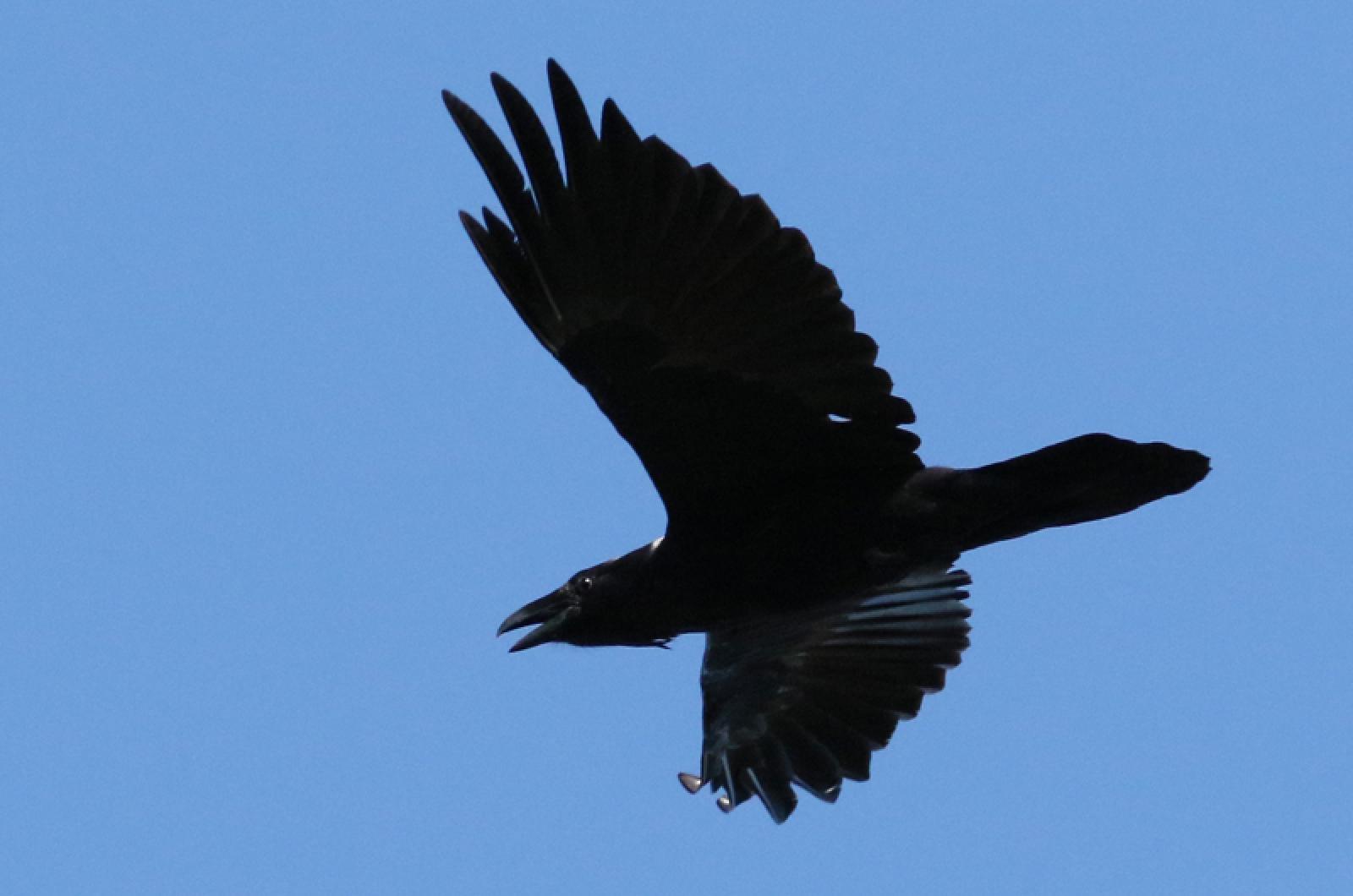
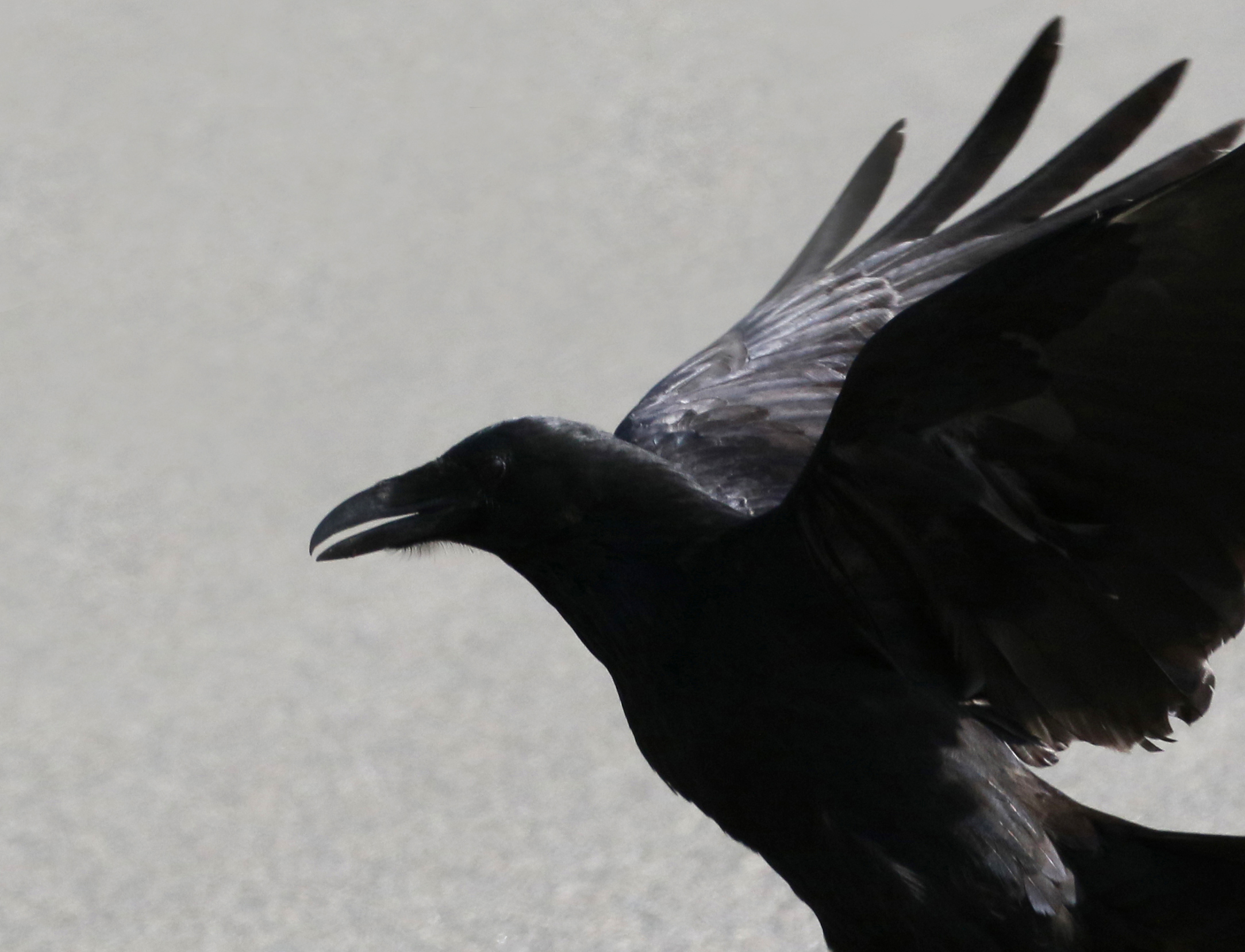
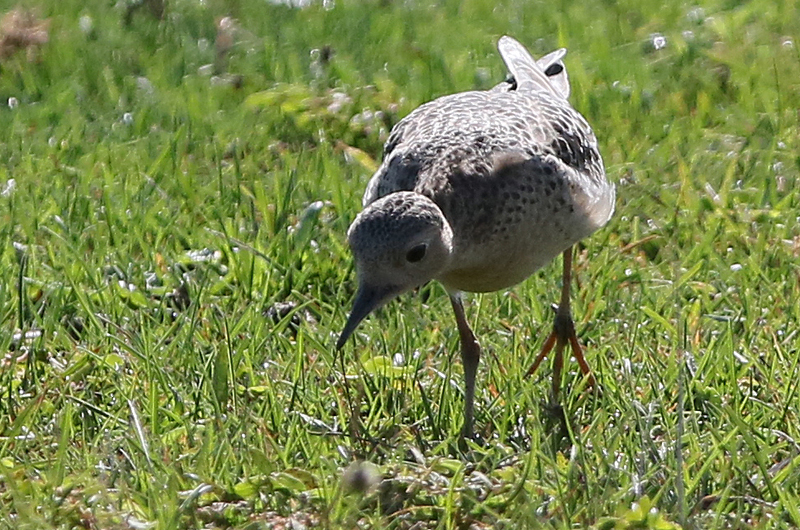
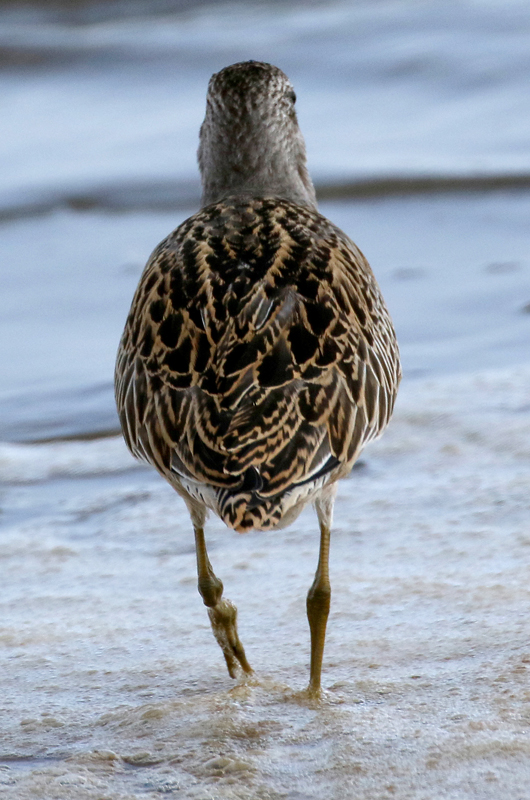
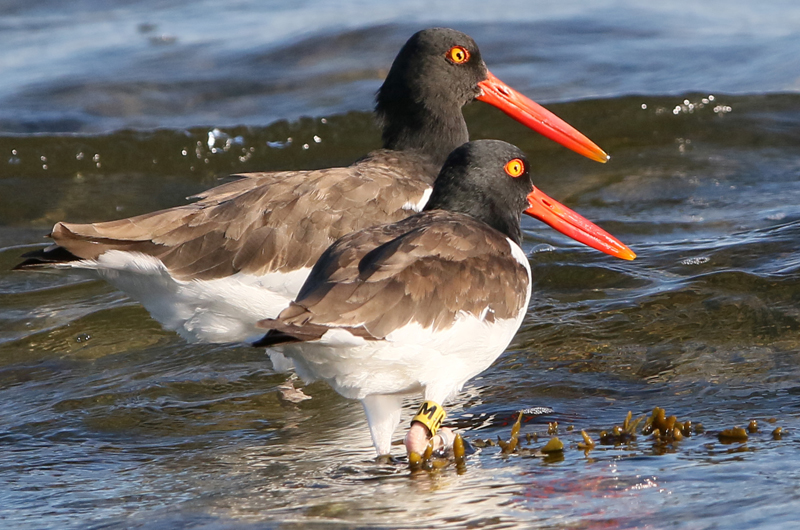
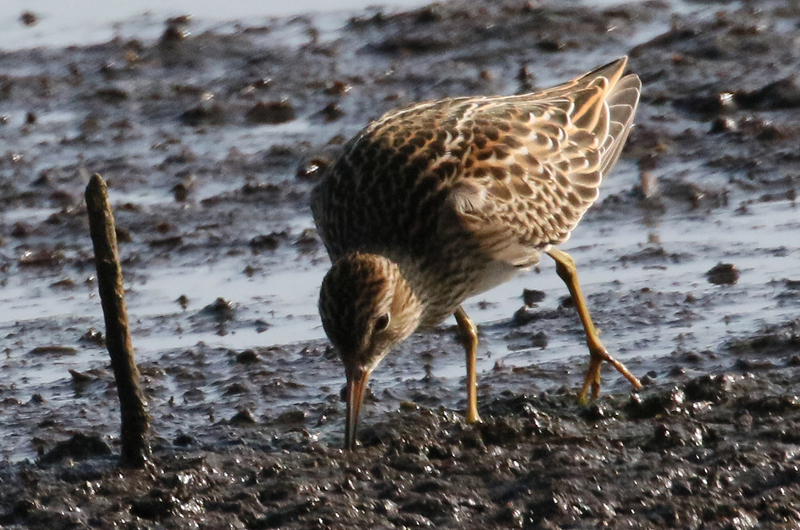





Comments
Comment policy »